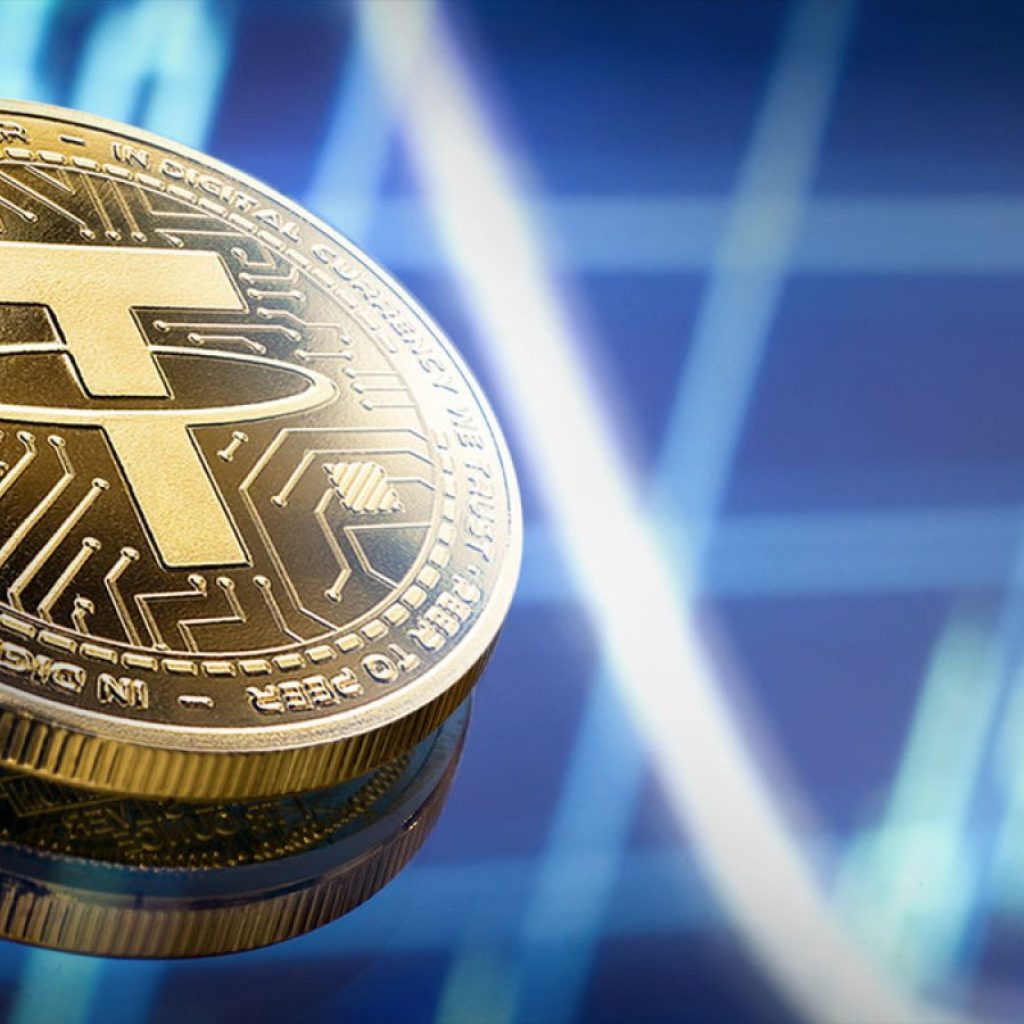Injective, a decentralized Layer1 blockchain network, announced a few days ago that its blockchain network will soon be updated. Such a feat, IIP-392 Proposal, aims to radically pivot the INJ token’s economic landscape, eventually cementing it among the most deflationary assets, just as market players know it.
Keynote principles of the proposal
And the upgrade concept spins around two major alterations to token economics. Lastly, the adjustment is about the inflation rate limits which might be closely approached and controlled. At present the inflation rate limit at which monetary policy can be considered lower stands at 5%. The suggestion is to form a plan for 10% cuts decreased by every quarter until the level required is obtained. In contrast, from the initial level of 10%, the growth rate is to be diminished up to 30% over the period of two years.
The second change brings a rise in the estimated rate of inflation from 0.1 to 0.5 by changing the inflation rate change parameter. The stimulus plans purpose is to enable the token to track the activity of staking , which would lead to better and more adaptable economic model.
This paper describes a considerable revolution of the INJ economy into a token economy. For four days, stakeholders and voting participants (validators among them) are provided an opportunity to decide the viability of these changes. This was the deciding factor in this vote whether it will determine a INJ token future direction which will make it a more deflationary asset or increase its value through its stability.
Shareholders engagement
Now the engineering committee (INJ) and validators must decide whether or not to incorporate a giveback or reward for ethical behavior. Their vote as either ‘yes’ or ‘no’ shall determine whether Injective will hedge its bet on these economic models determined to be possibly revolutionary. With these transitions the JIN token and the whole blockchain industry will have the opportunity to test how oldie Layer 1 protocols can not only revaluate their business but also align its functionality to the current market environment and the needs of stakeholders.
In essence, Injective’s plan for the modification of stake-based incentives in its blockchain could become a great milestone in tokenomics of cryptocurrency, because of the very fact that this mechanism allows network administrators to manage both deflation and inflation. The community’s reaction to the election and the outcome of voting will attract attention not only from investors, but also financial analysts who may bring back the blockchain economic strategies and can be the herald of new social and digital projects.





